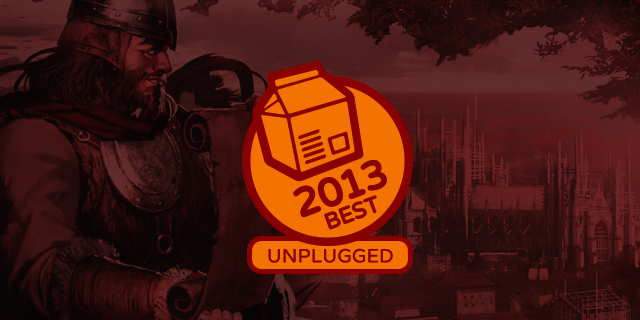
2013 was a good year for my unplugged gaming, but it could have been amazing. Unfortunately, Kickstarter delays are a fact of life. Of the dozen or so projects I backed scheduled for this year, at least four were delayed beyond my deadline for this column, and two more are currently on-schedule but sadly also due to arrive on the wrong side of my cut-off date. Those five or six games and could have made a strong impact on my list. Instead they will join the various projects already scheduled for 2014 in what could be a crazy year-end process in twelve months’ time.
And then of course there were all of the new games I played this year that had nothing to do with Kickstarter. It can be tricky to balance supporting independent designers and publishers while still making contributions to the bottom line of my FLGS, but both goals are their own reward. After all, without the store I would have far fewer opportunities to play anything, Kickstarted or not. With that, here are the ten new games I enjoyed playing the most this year.
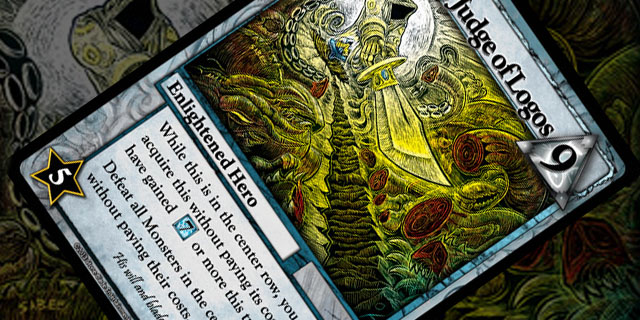
10. Ascension: Rise of Vigil/Darkness Unleashed
The new Ascension sets did not have as much of an impact on me as previous editions have. The insular nature of the Treasure and Energy mechanics almost make Rise of Vigil and its expansion Darkness Unleashed their own game with little interaction with the older sets. Darkness Unleashed introduces another new mechanic, Transformation, that will seem familiar to Magic veterans coming off the heels of 2011’s Innistrad block but still makes sense within the Ascension framework. Still, Ascension remains my favorite deckbuilder in any form and it will be nice to bring Rise of Vigil to the table for a change of pace from my usual custom build.
9. Terra Mystica
Terra Mystica made it to the table a surprising number of times for being a weighty offering (both in strategy and raw tonnage), which speaks to its quality. I believe I played it six or seven times, and each time I used a different race, constantly forcing myself to adapt to new strategies. I would be lying if I said I was successful in doing so every time, but that just makes me want to try the race again at a later date. This territory-control game brings a lot of interesting new mechanics to the table beyond its unique races, and will undoubtedly see more play in the future.
8. Dungeon Heroes
At its core, this two-player affair is a deductive test of strategy dressed up like a bare-bones D&D session. The heroes want to find treasure, the dungeon wants to kill the heroes. What could be simpler? Monsters and traps lie in wait for the four adventurers, who must use their limited skills wisely if they wish to survive. Once the dungeon player has run out of tiles, the monsters start actively hunting the heroes to really apply the pressure. Even better, the game’s compact nature makes “your lunch break dungeon crawl” perfect for most any situation in which you have access to an opponent, a flat surface and about 15 to 20 minutes.
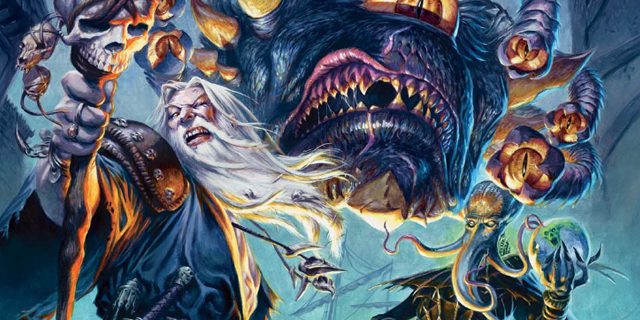
7. Lords of Waterdeep: Scoundrels of Skullport
The two-in-one expansion for Lords of Waterdeep, one of my favorite titles from last year, adds some interesting twists to an already-great base game without drowning out what made that game special. Being able to add the expansions both individually and concurrently keeps the mix fresh, although perhaps the most important aspect is the addition of a sixth player. Those options come at a slight increase to play time, but if you like Lords then “more Lords” is almost never a bad thing.
6. Tzolk’in: The Mayan Calendar
Tzolk’in is a worker-placement game with a twist, literally: at the end of every turn six gears turn and change the value of the workers placed on them. You don’t earn the rewards from your workers until you spend an entire turn picking them up from the gears, so you have to seriously plan ahead. There are a lot of (metaphorical) moving parts here as well, and your first several plays will probably be spent lost trying to figure out both what is going on and how to score points while doing so. The gears gimmick and deep strategy combine to make Tzolk’in a game that will be remembered long after the actual game ends.
5. The Witches: A Discworld Game
Martin Wallace delivered another love letter to Terry Pratchett’s brilliant fantasy satire novels in the form of the semi-cooperative The Witches, focusing on the Discworld universe’s recent run of young adult novels and the previous stories in their shared background. The play is somewhat lighter than that of Ankh-Morpork, making The Witches more of a family game with or without the optional “full cooperative” rules, but no less a satisfying experience.
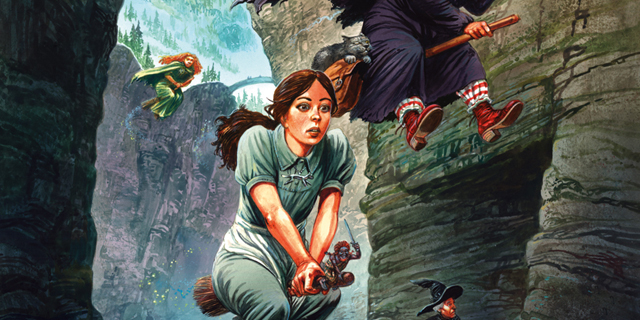
4. Sentinels of the Multiverse: Shattered Timelines
There was a very real possibility that Sentinels of the Multiverse was going to repeat as my favorite game of the year, but then Vengeance was pushed back to February, leaving the Shattered Timelines expansion as the game’s sole representative this year. Don’t get me wrong: Shattered Timelines is incredible, with a devious mix of alternate-time line villains, time-traveling heroes, and some wild environments, but on its own not quite enough to claim top honors. Beware, 2014: the villains of Vengeance will probably be looking for just that when their time comes.
3. Forbidden Desert
Matt Leacock’s sequel to Forbidden Island really impressed just about everyone who had a chance to play it this year. From the shifting sands to the relentless sun, the elements are certainly out to get the players as they try to find the missing pieces of a lost airship. Removing his usual hand management aspect really streamlines the process, making Forbidden Desert perhaps Leacock’s best cooperative design in a career that already boasted two incredible highlights in that genre.
2. Hanabi
Speaking of streamlined cooperative games, Antoine Bauza’s Hanabi is about as simple as it comes, consisting of little more than a deck of fifty to sixty cards, a handful of simple rules, and the twist of literally turning hand management inside-out. Your group will really need to have a firm grasp of logic if you want to give and receive the right clues to let each other know which cards to play. If all goes well your minds and faces will be alight with the fireworks of a job well done. If not… well, be thankful that “blowing up in your face” is only a metaphor in this situation.
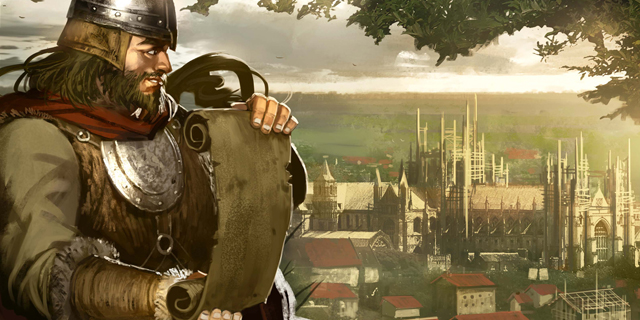
1. Canterbury
I was worried that the complete lack of randomness in Canterbury‘s resource-oriented city building would lead to a “solvable” game where one strategy dominates all others, but that turned out to be unfounded. The more I played, the more I realized that it was impossible to map out a clear path every time, as every decision opens up several viable new options. By the time that the abstract nature of the game buried beneath the quaint Celtic design began to shine through, I was hooked. I didn’t get in as many plays of Canterbury as I would have liked to, but I will make it a point to correct that as 2014 rolls on.



















